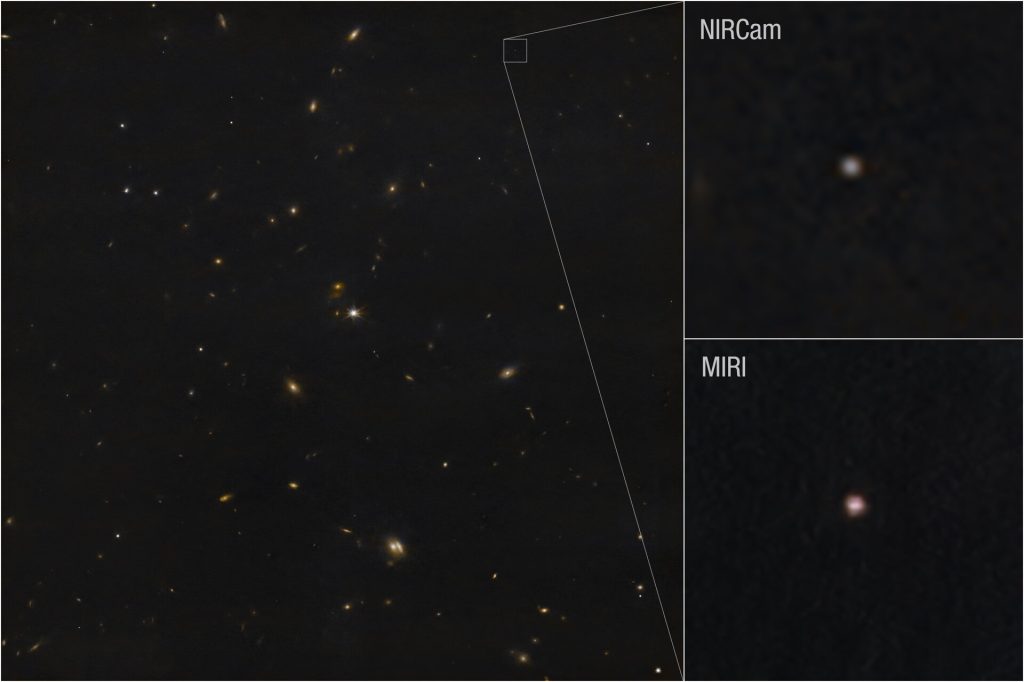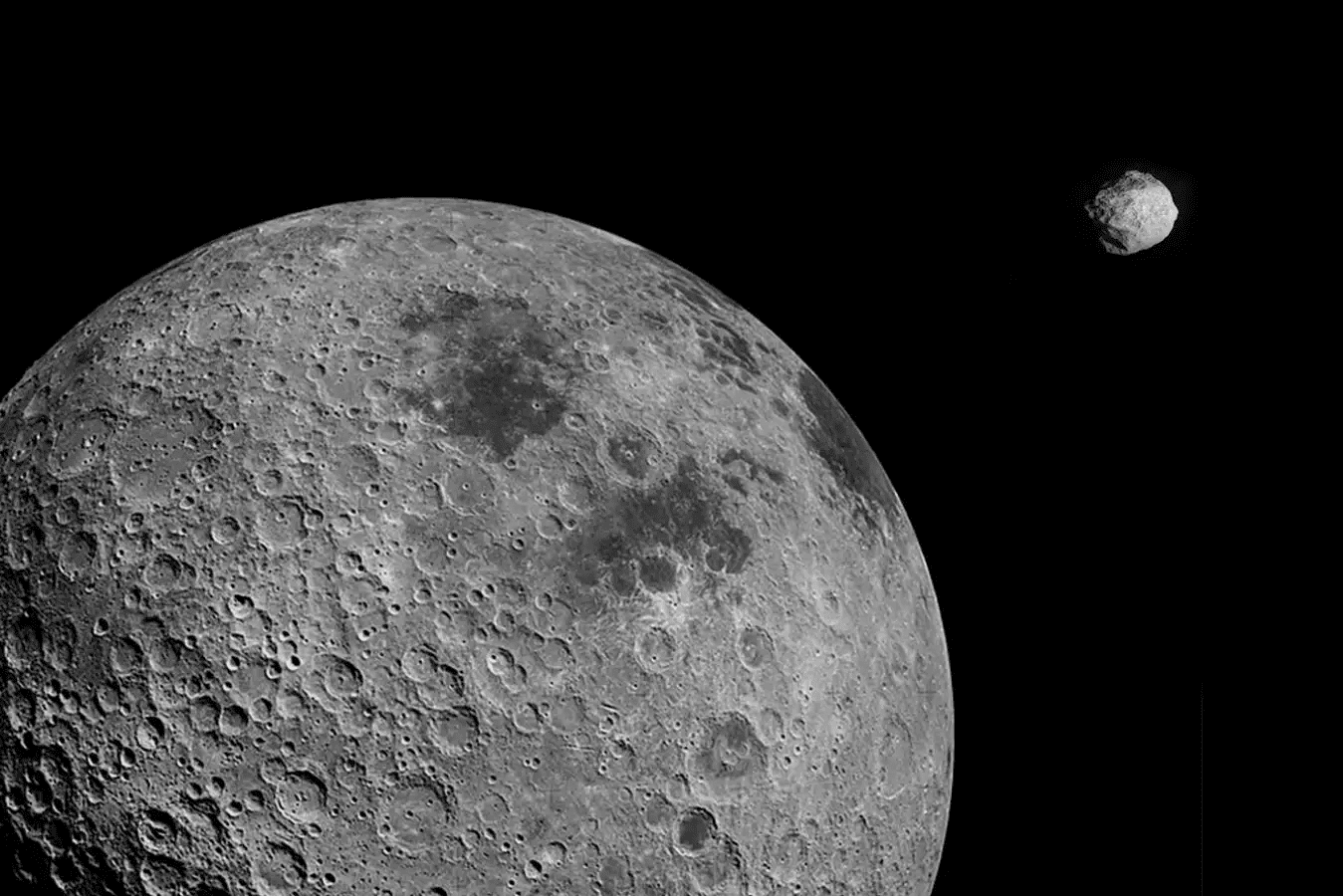Asteroid 2024 YR4, which was previously considered potentially hazardous to Earth, may now pose a threat to the Moon. Recent observations, including those using the James Webb Space Telescope (JWST), have allowed for a refinement of the characteristics and trajectory of this celestial body.
Discovery and initial risk assessments
Asteroid 2024 YR4 was discovered in December 2024. Initial calculations indicated a possibility of its collision with Earth on December 22, 2032, which at one point reached a probability of 3.1%. This caused significant concern among scientists and the public.

Refinement of parameters with JWST
Further observations, including those with JWST, allowed a more precise determination of the asteroid's size and composition. Its diameter is estimated to be between 53 and 67 meters, larger than previously anticipated. The surface of the asteroid was found to be rocky, without a significant dust layer, and rapid rotation of the object was also recorded.
Trajectory change and potential threat to the Moon
Thanks to the refined data, scientists concluded that the risk of 2024 YR4 hitting Earth in 2032 is practically nonexistent. Instead, there is a probability (about 3.8%) of it colliding with the Moon in December 2032.
Possible consequences of a collision with the Moon
If the asteroid collides with the Moon, it will create a crater up to 2 km in diameter. Since the Moon lacks an atmosphere, the impact would occur unobstructed, and the resulting crater would be clearly visible from Earth with telescopes or even binoculars. For the scientific community, this would be a unique opportunity to observe the process of lunar crater formation in real time, which could provide valuable data for planetary defense of Earth.
Further observations and conclusions
Although the risk to Earth is absent and the probability of collision with the Moon remains low, astronomers continue to monitor 2024 YR4. The next favorable observation window is expected in 2028, when the asteroid will again approach Earth, allowing for better orbit refinement and more accurate predictions of its future movement.



